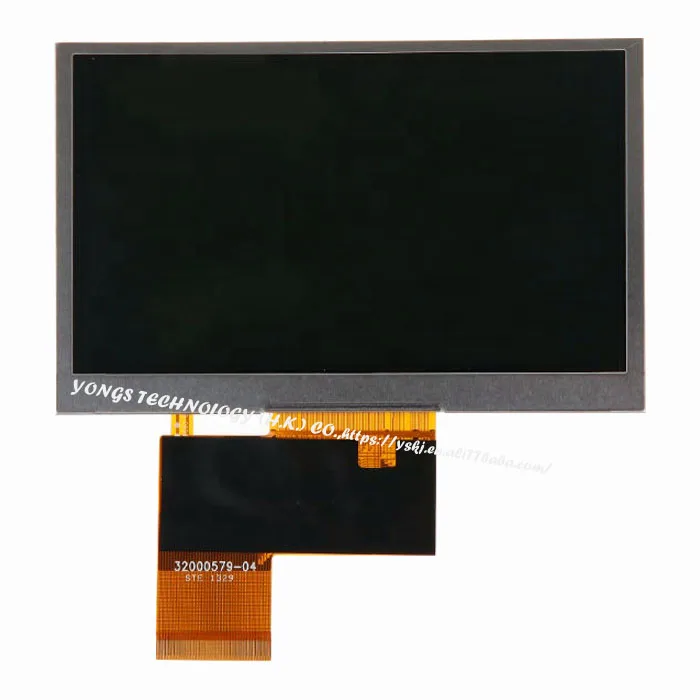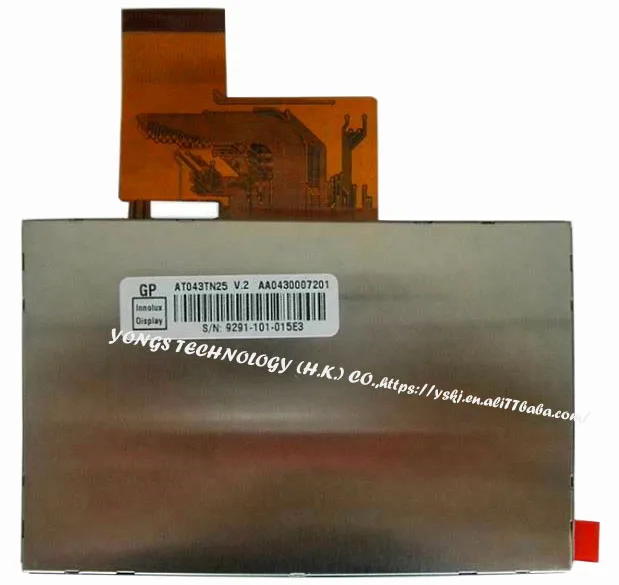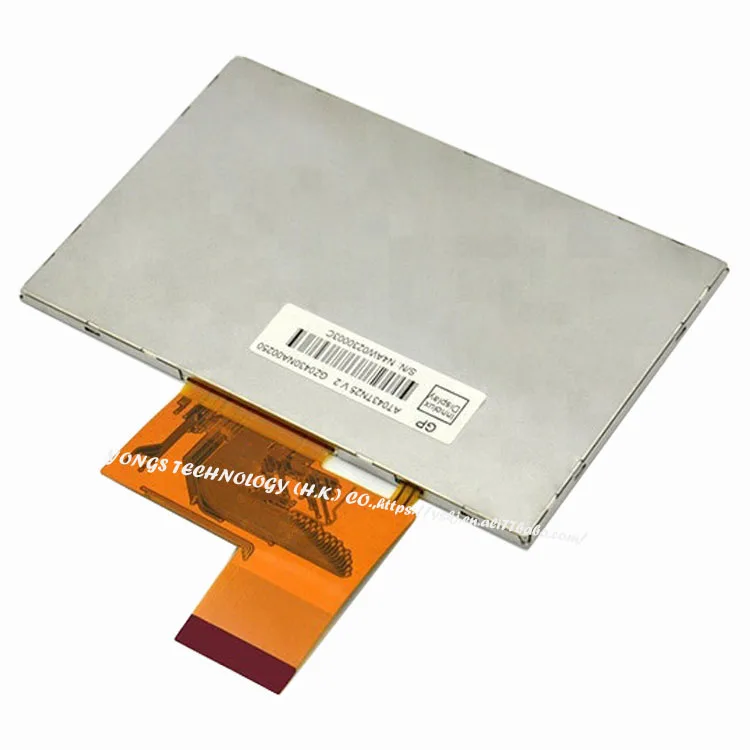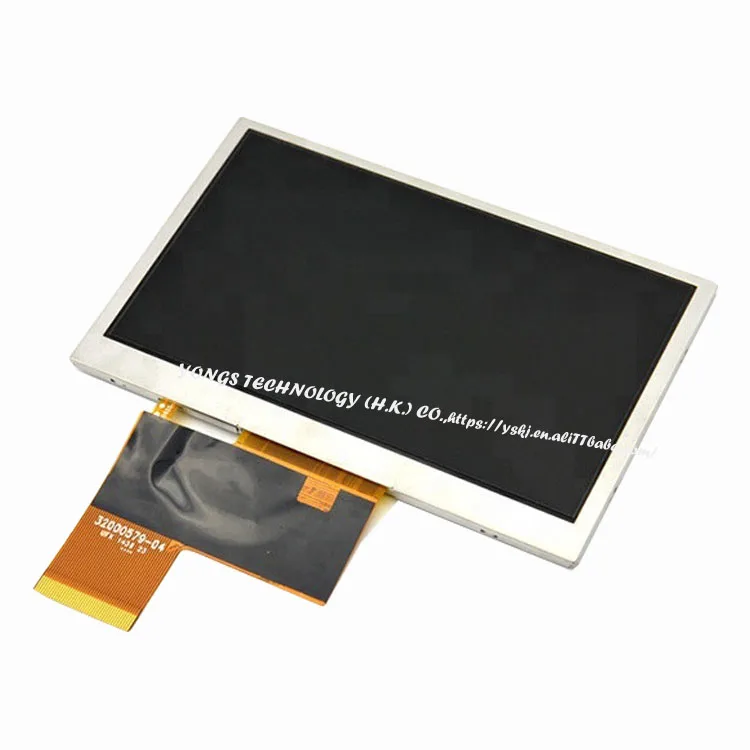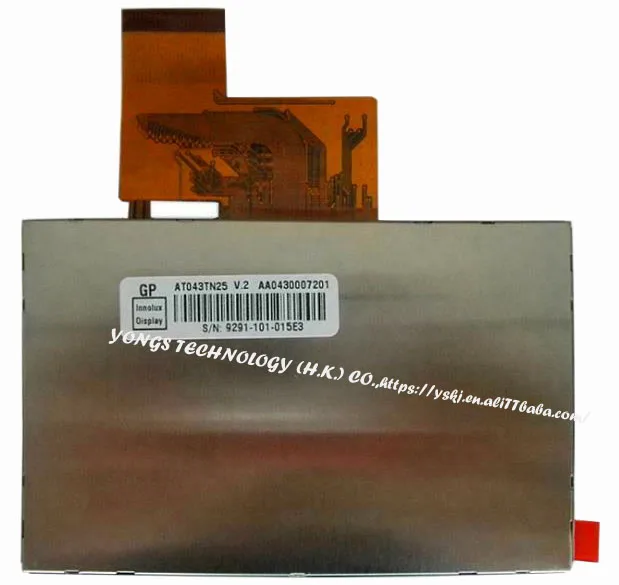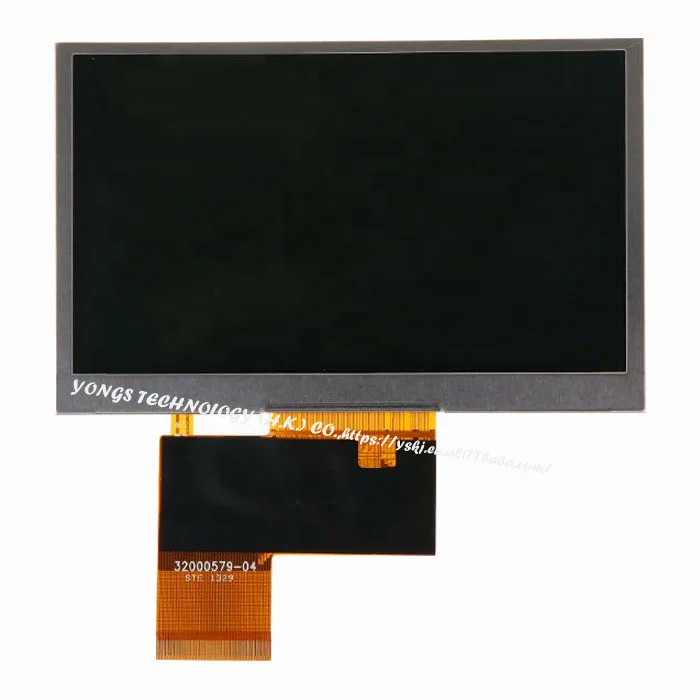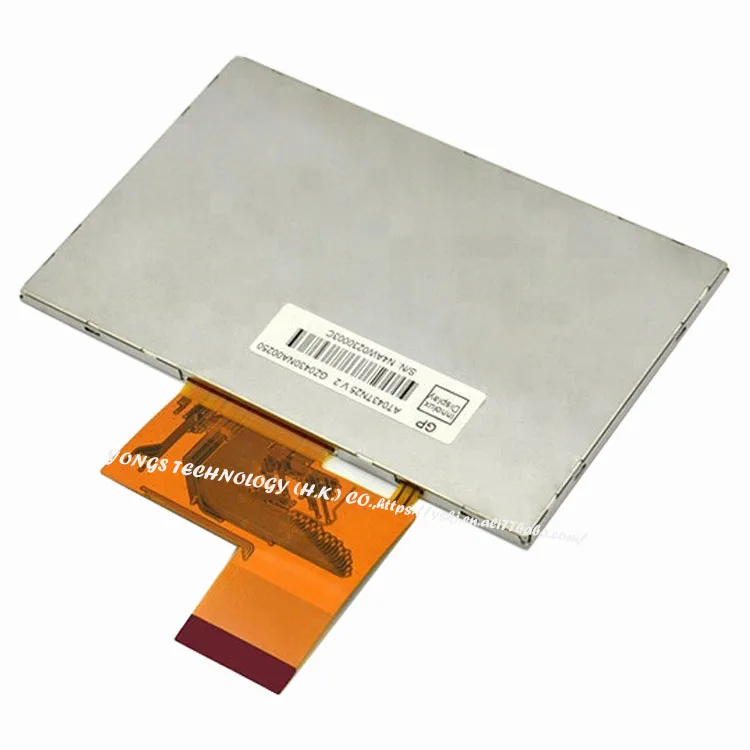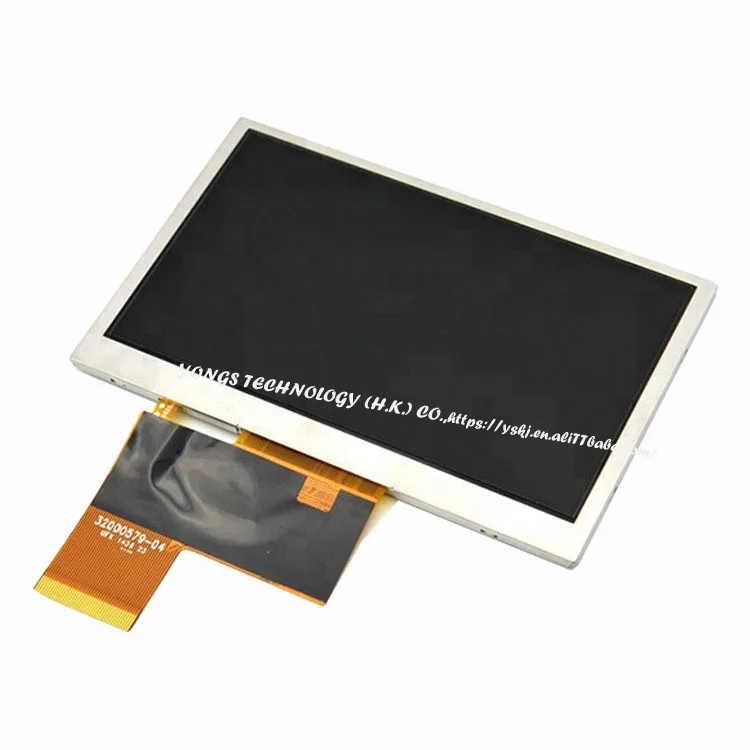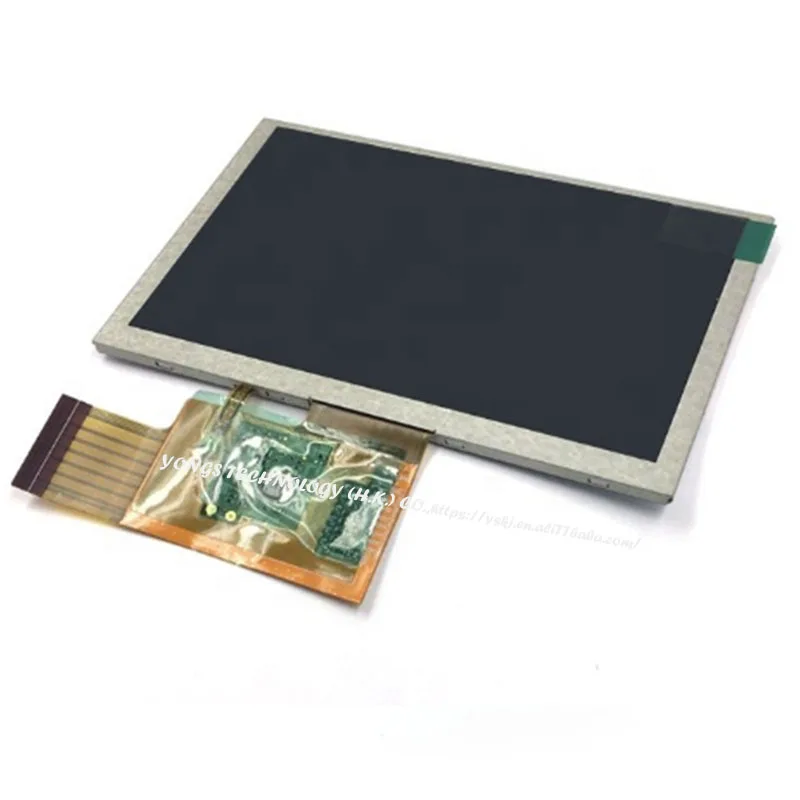FPC: The Ultimate Guide for Buyers in 2025
Flexible Printed Circuits (FPC) have revolutionized modern electronics with their lightweight, bendable design. As demand grows for compact and high-performance devices, understanding how to source reliable FPC from China becomes crucial for global buyers.
How to Find Reliable FPC from China in 2025
China dominates global FPC production, offering competitive pricing and advanced manufacturing capabilities. When sourcing:
- Verify supplier certifications (ISO 9001, UL, RoHS)
- Request samples for material and performance testing
- Check minimum order quantities (MOQs) - typically 500-1,000 units
- Confirm lead times (usually 2-4 weeks for standard orders)
Top manufacturing hubs include Shenzhen, Dongguan, and Suzhou, where 72% of global FPC production occurs according to 2024 industry reports.
What Buyers Should Know Before Buying FPC from China
Key considerations when importing FPC:
| Factor | Details |
|---|---|
| Material Quality | Copper thickness (1/3 oz to 2 oz common) |
| Layer Count | Single to multilayer options (up to 12 layers) |
| Termination | ZIF connectors, gold fingers, or solder pads |
Always request a DFM (Design for Manufacturing) report to avoid costly redesigns.
Types of FPC
Main FPC varieties include:
- Single-sided: Most economical, for simple connections
- Double-sided: Circuits on both sides with through-hole vias
- Multilayer: 3+ conductive layers for complex devices
- Rigid-flex: Hybrid solution combining rigid and flexible sections
Functions and features of FPC
Modern FPC offers:
- Bend radius as tight as 1mm (dynamic flex applications)
- Operating temperatures from -40°C to 125°C
- Impedance control (±10% tolerance)
- EMI shielding options
Advanced versions incorporate stretchable circuits for wearable technology.
Scenarios of FPC
Primary applications:
Consumer Electronics
Smartphones (average 10-15 FPC per device), tablets, laptops
Medical Devices
Endoscopes, hearing aids, patient monitors
Other uses include automotive systems (dashboard displays) and industrial equipment.
How to Choose FPC
Selection criteria:
- Determine required flexibility (static vs dynamic bending)
- Calculate necessary conductor spacing (typically 0.1mm-0.5mm)
- Select appropriate substrate (PI, PET, or PEN films)
- Consider environmental factors (humidity, chemical exposure)
For high-frequency applications, specify low-loss dielectric materials.
FPC Q & A
Q: What's the typical lifespan of FPC?
A: Properly designed FPC lasts 50,000+ bend cycles for dynamic applications.
Q: Can FPC replace traditional wiring harnesses?
A: Yes, in 80% of cases according to automotive industry adoption rates.
Q: How much space can FPC save compared to rigid PCBs?
A: Typically 60-80% reduction in volume and 70% weight savings.
Q: What's the price difference between Chinese and Western FPC suppliers?
A: Chinese manufacturers offer 30-50% cost advantage at similar quality tiers.
Q: How to test FPC reliability?
A: Standard tests include peel strength (>1N/mm), thermal cycling, and humidity exposure.


















